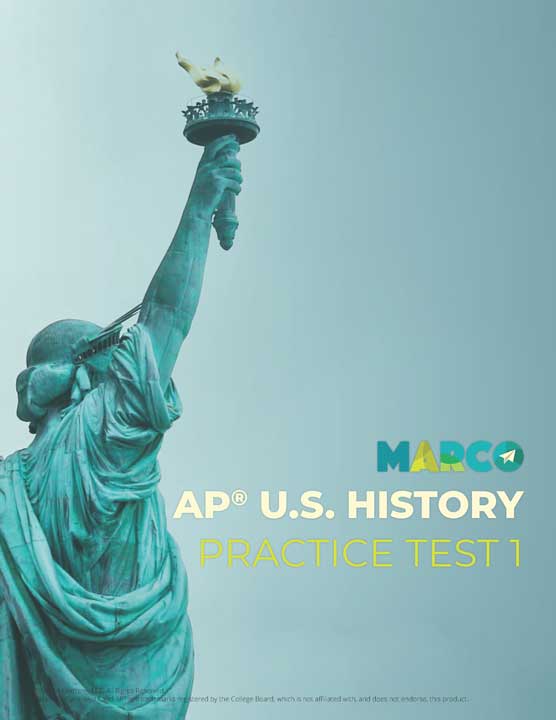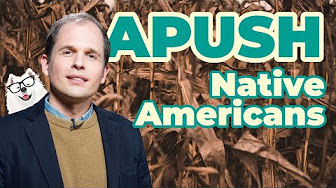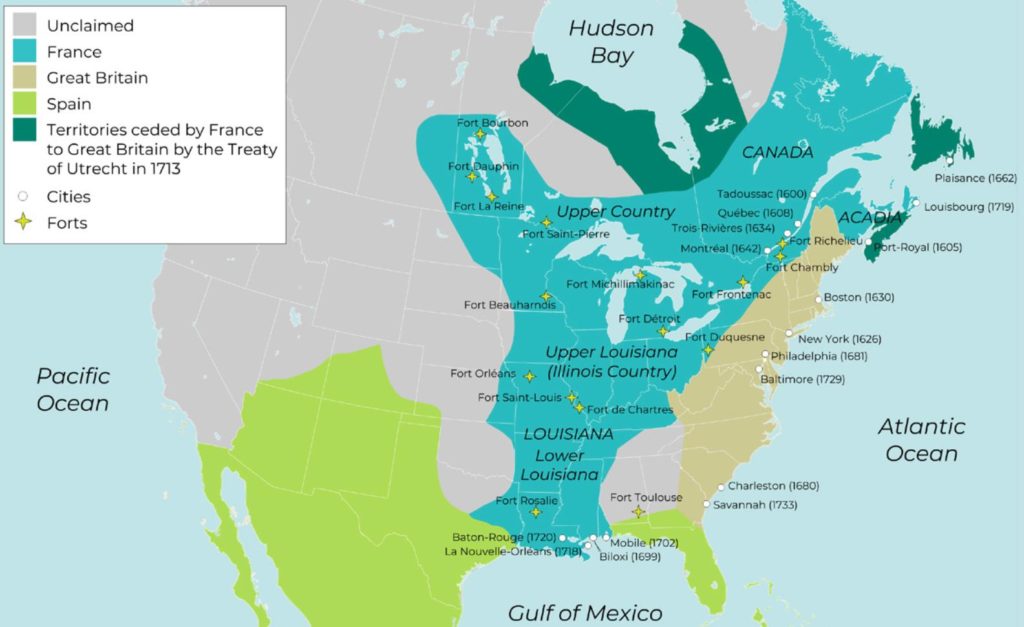


Unit 2 in the APUSH Exam
This time period extends from 1607 to 1754 and counts for 10% of recommended instructional content for an AP class. There are two key concepts for this time period.
KEY CONCEPT 2.1
Europeans developed a variety of colonization and migration patterns, influenced by different imperial goals, cultures, and the varied North American environments where they settled, and they competed with each other and American Indians for resources.
KEY CONCEPT 2.2
The British colonies participated in political, social, cultural, and economic exchanges with Great Britain that encouraged both stronger bonds with Britain and resistance to Britain’s control.

Unit 2 of the AP U.S. History Course focuses on what life was like in the Americas between the founding of Jamestown in 1607 and the start of the French and Indian War.
The European countries that settled the New World did so for very different reasons. They were often in direct competition with one another because of mercantilism.
The Spanish controlled the largest amount of territory in the New World. They were primarily looking for precious metals like gold and silver. The Spanish used the encomienda system and slave labor to force American Indians to gather these materials.
The French and the Dutch took a very different approach to the population of the New World. They created alliances with Native Americans to develop trade networks.
The English decided to send migrants to the New World to establish colonies. Some colonists wanted to make money, while others were escaping religious persecution. English colonies were very different from one another. Some colonies, especially in New England, were organized around farming communities. Others, especially those in the south, were based around cash crops and an export economy.
The French and Dutch gradually lost control of most of their American colonies, leading to British control of almost all of the territory along the Atlantic coast. The British government tried to make its colonies into a cohesive unit that would help boost the economy of Great Britain back home. Culturally, the colonies were united by movements like the First Great Awakening that sparked a sense of evangelical religiosity among the colonists. Many of the sermons of this time movement were “fire and brimstone” sermons that threatened disbelievers with an afterlife of suffering. Economically, things were not quite as united. The colonies, and the colonists, became increasingly independent because the British government applied its economic regulations in a haphazard fashion.
TIMELINE
1607 The first English colony in the New World is founded at Jamestown.
1620 The Pilgrims sign the Mayflower Compact before settling at Plymouth Colony.
1637 Anne Hutchinson (1591–1643) is banished from Massachusetts for organizing religious meetings for women.
1675 New England colonists engage in a brutal war of attrition with the leader of the Wampanoag that came to be known as “King Philip’s War.”
1692 Eighteen men and women are found guilty of witchcraft in the Salem Witch Trials.
1744 The First Great Awakening begins with Jonathan Edward’s fiery sermons.
KEY TERMS
KEY TERMS
Mercantilism An economic system where countries tried to increase their wealth through government control of all aspects of trade
Encomienda system A forced labor system developed by the Spanish that required American Indians to live on plantations and convert to Christianity
Cash crops Crops that could be grown in large quantities, harvested, and sold for a profit
First Great Awakening A religious movement that promoted emotional, evangelical Protestantism, often through “fire and brimstone” sermons and camp meetings
The best way to get better at something is by practicing.
That’s why it’s so important that you take practice tests to help you get better at the AP U.S. History Exam. Only then can you expect to get a good score—and even improve your score.
Download your free AP® U.S. History practice test HERE.
Download your printable study guides for all of the units for AP U.S. History HERE.
 Help
Help